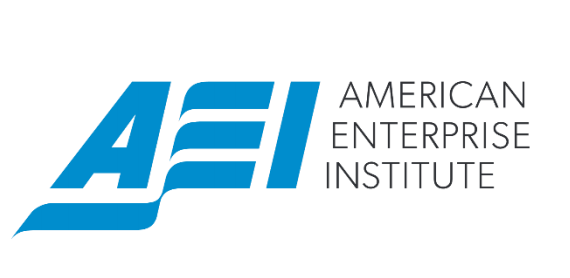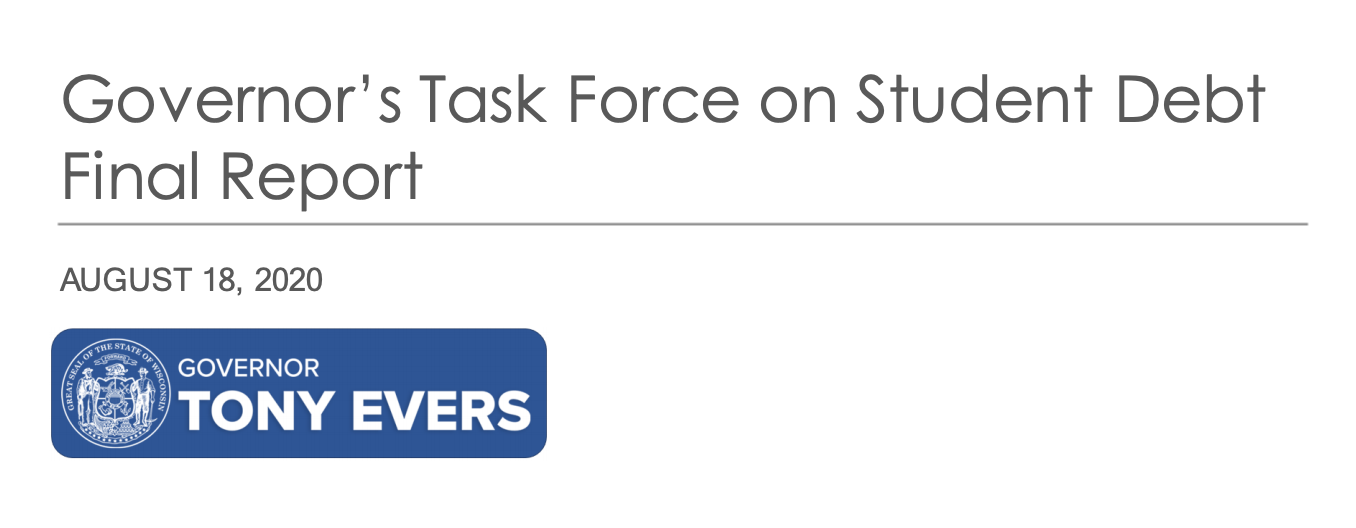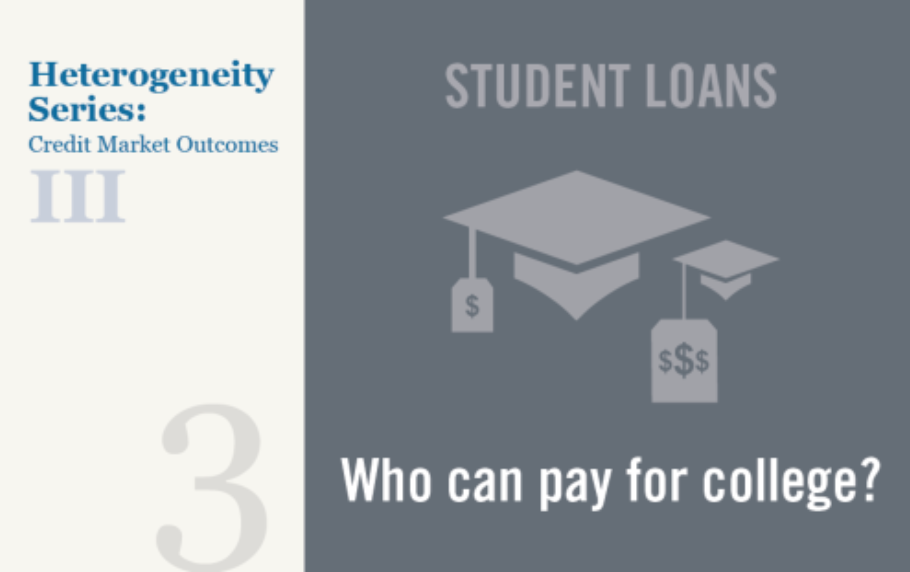Student Debt: Assessing Its Impacts on Individuals and the Economy
by Beth Akers
American Enterprise Institute, Resident Scholar
by Beth Akers
American Enterprise Institute, Resident Scholar
Statement before the Senate Committee on Banking, Housing, and Urban Affairs’ Subcommittee on Economic Policy on “The Student Debt Burden and Its Impact on Racial Justice, Borrowers, and the Economy.”
Tuesday, April 13, 2021
There are no easy answers on canceling student debt
From mental health to home-buying, there are myriad ways education loans can affect lives. That’s why it’s so difficult to find a one-size-fits-all solution, economists say.
By Emily Stewart from Vox.
From mental health to home-buying, there are myriad ways education loans can affect lives. That’s why it’s so difficult to find a one-size-fits-all solution, economists say.
Cardona scraps DeVos policy, will fully cancel debt of many students defrauded by colleges
About 72,000 people will have their federal loans fully canceled after Education Secretary Miguel Cardona on Thursday scrapped a plan to give partial debt relief to students defrauded by their colleges, ending a controversial policy instituted by his predecessor Betsy DeVos.
An estimated 72,000 people will get full federal loan cancellation after the Education Department’s move. Read this article from The Washington Post.
Why, When, and How: The FAFSA Survival Guide by Jonathan Looney
Each year, the government sets aside around $150 billion in federal aid for college students. That aid consists of grants, scholarships, federal student loans, and work-study, and to qualify for that aid, students need to fill out the FAFSA form. But, Sallie Mae’s “How America Pays for College 2020” shows that one in three families skipped the FAFSA last year. Here’s what you need to know about why that’s a mistake, and how to file.
This article comes from Coalition member Sallie Mae.
Each year, the government sets aside around $150 billion in federal aid for college students. That aid consists of grants, scholarships, federal student loans, and work-study, and to qualify for that aid, students need to fill out the FAFSA form. But, Sallie Mae’s “How America Pays for College 2020” shows that one in three families skipped the FAFSA last year. Here’s what you need to know about why that’s a mistake, and how to file.
It's Easier than Ever for Employers to Help Pay Student Loans
By Terry Savage Tribune News Service
Help with repayment of student loans is one of the most enticing benefits a company can offer to today’s young workers. And now there’s a new opportunity for employers to act before year-end to take advantage of incentives in the 2020 coronavirus relief law, or CARES Act, that makes tuition repayment benefits even more attractive.
Help with repayment of student loans is one of the most enticing benefits a company can offer to today’s young workers. And now there’s a new opportunity for employers to act before year-end to take advantage of incentives in the 2020 coronavirus relief law, or CARES Act, that makes tuition repayment benefits even more attractive. Read more from the Arizona Daily Star….
Governor's Task Force on Student Debt Final Report
The 2020 report outlines eight recommendations for how Wisconsin can provide relief, education, and protection to its student debtholders now and in the future.
The 2020 report outlines eight recommendations for how Wisconsin can provide relief, education, and protection to its student debtholders now and in the future.
July 2020 Report: Measuring Racial Disparities in Higher Education and Student Debt Outcomes
This is a blog post from Liberty Street Economics, Federal Reserve Bank of New York.
This is a blog post from Liberty Street Economics, Federal Reserve Bank of New York.
Education Redlining
A February 2020 report from the Student Borrower Protection Center. Across the financial services sector, “alternative data” has been touted by established consumer lenders and new entrants alike as a tool to expand access to credit for historically underserved communities, including people of color. This report examines one subset of this data—education data, an umbrella term describing information related to a consumers’ higher education—when determining access to credit and the price of consumer financial products.
from the Student Borrower Protection Center
Across the financial services sector, “alternative data” has been touted by established consumer lenders and new entrants alike as a tool to expand access to credit for historically underserved communities, including people of color. This report examines one subset of this data—education data, an umbrella term describing information related to a consumers’ higher education—when determining access to credit and the price of consumer financial products. Read the report here.







